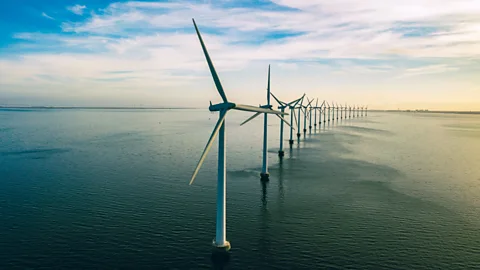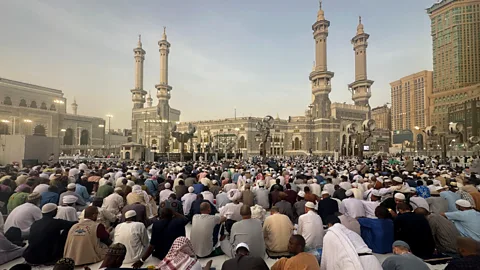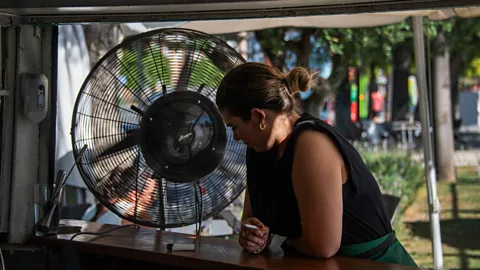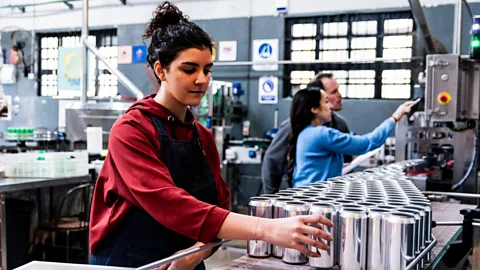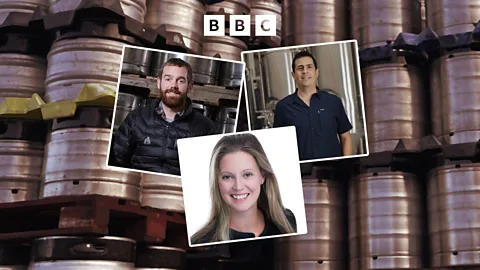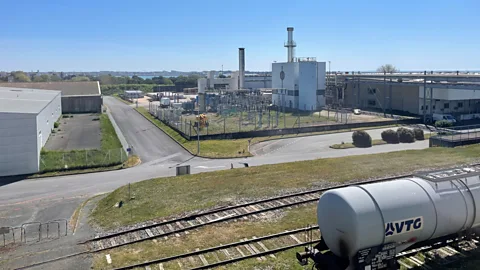
Business Daily
Business Daily
Can Europe build a mineral supply chain?
Up next
May 28, 2025
17 minutes
Available for over a year
China’s headstart in market dominance is significant, and its grip on critical mineral supply chains remains tight.
The question now is whether other governments can move fast enough — and smart enough — to build something more secure, more sustainable, and less dependent.
We head to La Rochelle in western for a rare look inside one of the world’s biggest rare earth processing plants, and find out what it reveals about Europe’s efforts to build a supply chain of its own.
Presenter: Jonathan Josephs
Producer: Matt Lines
(Image: A rare earth processing plant in La Rochelle, , owned by chemicals giant Solvay)


